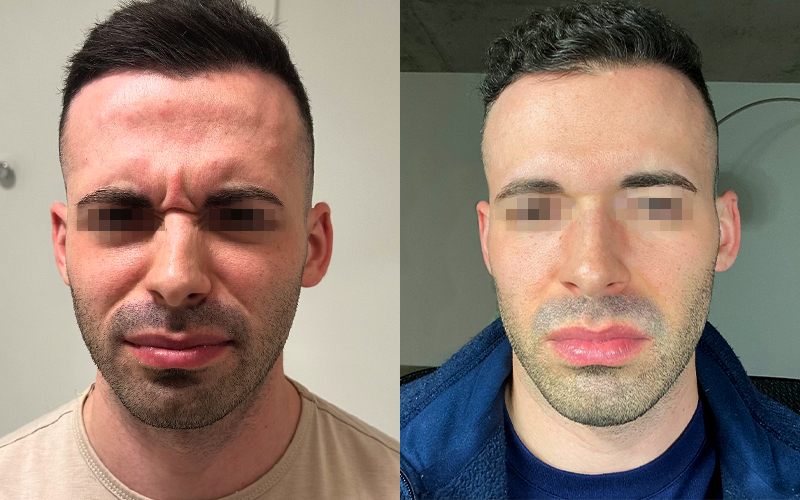Part of the reason so many of us are big fans of Botox, is of course because it does wonders for those wrinkles, but it also requires pretty much no downtime. And with our busy schedules, that’s exactly what we want and need from a treatment we love: one that works and one that doesn’t take up too much of our time.
Yes, in general, Botox is pretty much the little to no downtime treatment, but if you love to exercise – and we’re talking pretty strenuous exercise, like taking a run, going to your spin class or jumping on your Peloton – then keep in mind that you should avoid vigorous forms of exercise for at least 24 hours following your Botox appointment.
It may seem like a bit of a strange rule. What does exercise have to do with Botox injections in the face? But there are 3 primary reasons why you shouldn’t exercise for a few hours right after your Botox appointment.
Increase in Blood Flow at the Injection Site
When you exercise and you get your heart pumping it increases your blood flow, which is great for your heart and overall cardiovascular system (it’s basically the point of exercise). However the increase in blood flow before you’ve allowed your Botox to settle can actually cause it to migrate to other areas of the face. These are areas that you did not intentionally want to freeze, which can ultimately skew your result.
Increase in blood flow from exercise can also cause your body to metabolize the neurotoxin quicker than intended before it’s settled, and again potentially alter your result, leaving you with a less effective result than what was injected.
Exercise raises your blood pressure, which if you’re particularly prone to bruising and swelling, can increase the chances that you’ll bruise and swell more in the treatment area, lengthening what was originally a very short downtime.


Before & after Botox at MD Beauty Clinic to treat the forehead and frown lines.
Too Much Movement After Botox Injections
Exercise requires you to move around a lot. And we’re not just talking your body, but your head too. If you’re stretching after a workout for instance, lowering your head to your knees, or even engaging in low impact types of exercise like doing yoga and pilates, all of these kinds of movements of the head can again make your Botox migrate before it settles, or increase bruising and swelling. So it’s best to avoid major head motion for at least 24 hours following your treatment.
That being said, facial exercises, like raising your eyebrows, smiling, or frowning, although might look super weird if you’re just randomly doing it a lot, is actually great after Botox, and helps the neuromodulator work better. So facial exercises or movements are fine, it’s just the extensive head motions you’ll want to avoid immediately after your treatment.
Pressure on the Area of Treatment
Your provider will instruct you to avoid touching your face or putting pressure on the areas where your Botox was injected, in order to risk having it migrate. You’ll have to be really careful about not doing this for the first 4 hours following your treatment, but again best to give it 24 hours.
When we exercise, we touch our faces without even thinking about it. We wipe the sweat from our faces with a towel, or tend to wash our faces after, so you want to avoid doing anything that will unnecessarily lead you to put pressure on your face.
Plus some types of exercise, like swimming, require gear like goggles, which apply undue pressure to the face, especially around some very popular Botox treatment areas.
Here’s the thing though: if it slipped your mind and you DID happen to go for a run (don’t participate in a marathon right after!) or hit the gym after your appointment, don’t panic, because chances are it’s totally fine. When you’re making a big investment like this, though, it never hurts to be extra careful when you can.
Wondering what else not to do after injections?
Don’t make these common injectables aftercare mistakes.







